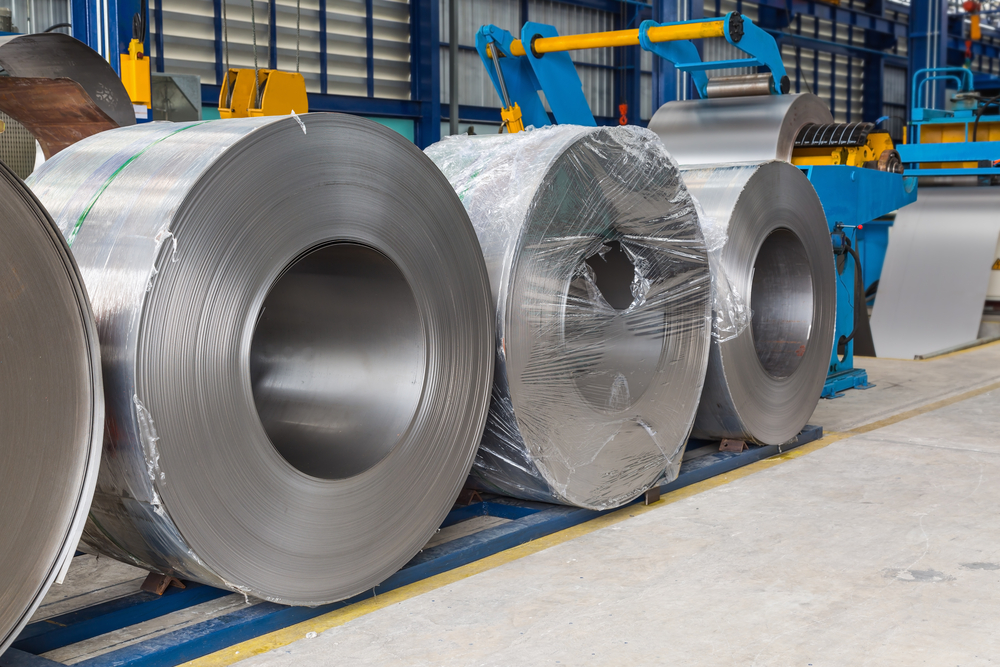
How Fabricated Steel Defines Modern Architecture
June 14, 2024 6:20 pm Leave your thoughtsIn the realm of modern architecture, steel has emerged as a defining material that shapes the aesthetic, structural integrity, and functionality of buildings. From skyscrapers and bridges to residential homes and cultural landmarks, steel plays a crucial role in pushing the boundaries of architectural design and innovation. In this article, we’ll explore how steel and modern architecture intersect, examining the advantages of steel and its impact on the built environment.
The Evolution of Steel in Architecture
The use of steel in architecture traces back to the late 19th century when advancements in steel manufacturing and construction techniques revolutionized the building industry. The introduction of steel allowed architects and engineers to design structures with unprecedented height, span, and flexibility, ushering in the era of modern architecture. Since then, steel has continued to evolve as a preferred building material, offering unparalleled strength, durability, and versatility for architects and builders alike.
Advantages of Steel in Architecture
Steel offers several key advantages that make it well-suited for use in modern architecture. One of the primary benefits is its exceptional strength-to-weight ratio, which allows for the creation of large, open interior spaces and slender structural elements. This structural efficiency enables architects to design buildings with expansive glass facades, soaring atriums, and innovative geometric forms, creating visually striking and functional spaces that define the modern urban landscape.
Flexibility and Adaptability
Another advantage of steel in architecture is its inherent flexibility and adaptability. Unlike traditional building materials such as wood or masonry, steel can be fabricated into virtually any shape or size, allowing architects to realize their creative vision with precision and ease. This flexibility enables the construction of complex and dynamic architectural forms that would be challenging or impossible to achieve using other materials, giving rise to iconic structures that push the boundaries of design innovation.
Durability and Resilience
Steel is prized for its durability and resilience, making it an ideal choice for buildings that require long-term performance and reliability. Unlike organic materials such as wood, steel is resistant to rot, decay, and insect damage, ensuring the structural integrity of buildings over time. Additionally, steel is highly resistant to fire, earthquakes, and extreme weather conditions, providing occupants with a safe and secure environment in which to live, work, and play.
Sustainability and Environmental Benefits
In an era of increasing environmental awareness, steel offers significant sustainability benefits that align with the principles of green building design. Steel is one of the most recycled materials in the world, with high rates of recyclability and minimal environmental impact compared to other building materials. By using recycled steel and incorporating sustainable design practices, architects can reduce the carbon footprint of buildings and contribute to a more environmentally friendly built environment.
Iconic Examples of Steel Architecture
Throughout history, steel has been used to create some of the most iconic and recognizable buildings in the world. From the Eiffel Tower in Paris to the Empire State Building in New York City, steel structures have become synonymous with architectural innovation and cultural significance. Closer to home, landmarks such as the Sydney Opera House in Australia and the Burj Khalifa in Dubai showcase the versatility and impact of steel in shaping the modern skyline.
Steel’s Enduring Legacy in Modern Architecture
Steel continues to define modern architecture with its unparalleled strength, flexibility, and sustainability. From skyscrapers and bridges to residential homes and cultural landmarks, steel plays a vital role in shaping the built environment and pushing the boundaries of architectural design. As architects continue to push the limits of innovation and creativity, steel will undoubtedly remain a cornerstone of modern architecture, shaping the skyline and defining the cities of tomorrow.
Need a Steel Construction Company in Terre Haute, IN?
Benchmark Fabricated Steel is a premium service provider for all your metal and steel needs since 1971. We offer an array of services and products for commercial, business, and corporation work. Our fully trained team is available for project design, erect drawings, site construction, product procurement and delivery, engineering and consulting, and much more. Benchmark Fabricated Steel is fully accredited by the AISC and the Canadian welding association allowing for the highest quality product to be produced. Our business is also recognized by the Chamber of Commerce and is a fully certified fabricator. All of our products are manufactured by the highest quality of equipment, with an expert and knowledgeable staff. Contact us today to learn more about what we can do for you!
Categorised in: Fabricated Steel
This post was written by admin
